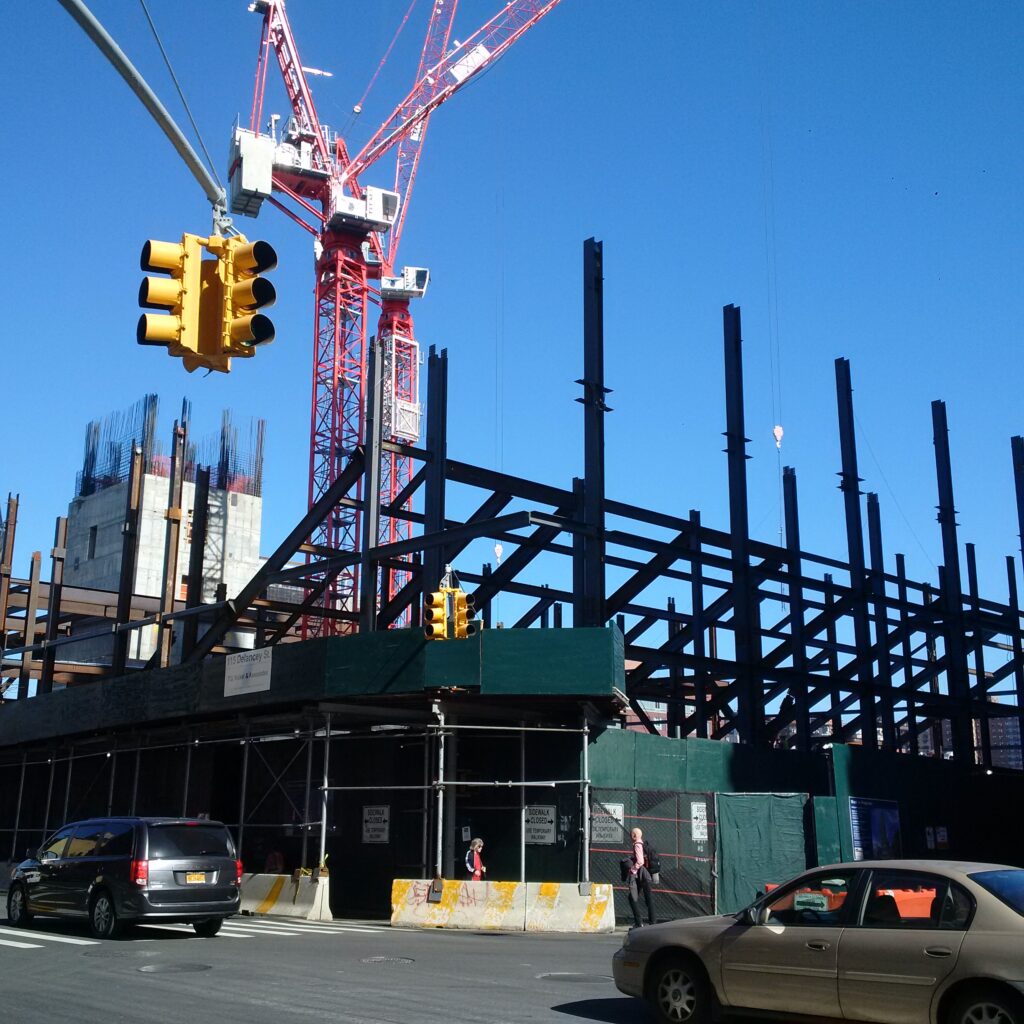The U.S. trade landscape just shifted dramatically. On June 4, President Donald Trump doubled U.S. tariffs on steel and aluminum imports to 50%, with the United Kingdom the only country temporarily spared — depending on the outcome of its recent trade deal.
The new tariffs, imposed under Section 232 of the Trade Expansion Act of 1962, are being cast as a crackdown on subsidized metals flooding the global market — particularly from China. But the ripple effects will extend far beyond Beijing, reshaping costs, margins, and global supply chains.
Key Impacts to Watch
- U.S. Economy: Bloomberg Economics predicts a modest drag on GDP (–0.15% over three years) but higher input costs across construction, automotive, aerospace, and consumer goods. Manufacturers like Caterpillar have already raised prices in response to metal tariffs, passing costs onto customers.
- Defense & Infrastructure: Aluminum makes up nearly 80% of a military airframe and large portions of packaging and machinery. Doubling tariffs could raise U.S. defense and energy costs at a critical time.
- Jobs vs. Costs: While steel producers may see short-term gains and job growth, research shows tariffs often cost taxpayers more than they save. Trump’s 2018 tariffs, for instance, were estimated at over $900,000 per job preserved annually, while also erasing tens of thousands of manufacturing jobs downstream.
- Global Supply Chains:
- Canada — the largest supplier of U.S. aluminum and steel — faces major disruption.
- Brazil & South Korea — both heavily reliant on U.S. buyers — lose exemptions and face fresh uncertainty.
- China — despite being the target — remains largely insulated, as it exports little directly to the U.S.
- Retaliation Risks: The European Union has already approved tariffs on $24 billion worth of U.S. goods, poised to respond as soon as July. With U.S. duties now doubled, global trade partners could escalate further.
What This Means for Industry Players
For steel and aluminum businesses worldwide, these tariffs represent both risk and opportunity:
- U.S. producers may see pricing power, but face backlash from manufacturing clients struggling to absorb costs.
- International producers will need to reassess supply routes, renegotiate trade terms, and brace for retaliatory measures.
- Long-term uncertainty — with few exemptions granted and ongoing U.S. court challenges — makes planning and investment decisions increasingly complex.
At Pro Steel Services, we see these changes as a reminder of why resilient, diversified supply chains and strategic foresight matter more than ever. The global metals market is volatile, but businesses that adapt early — investing in sustainability, efficiency, and trade-smart sourcing — will come out ahead.
📌 Reporting insights drawn from Council on Foreign Relations, Shannon K. O’Neil, Julia Huesa, and related industry sources.


